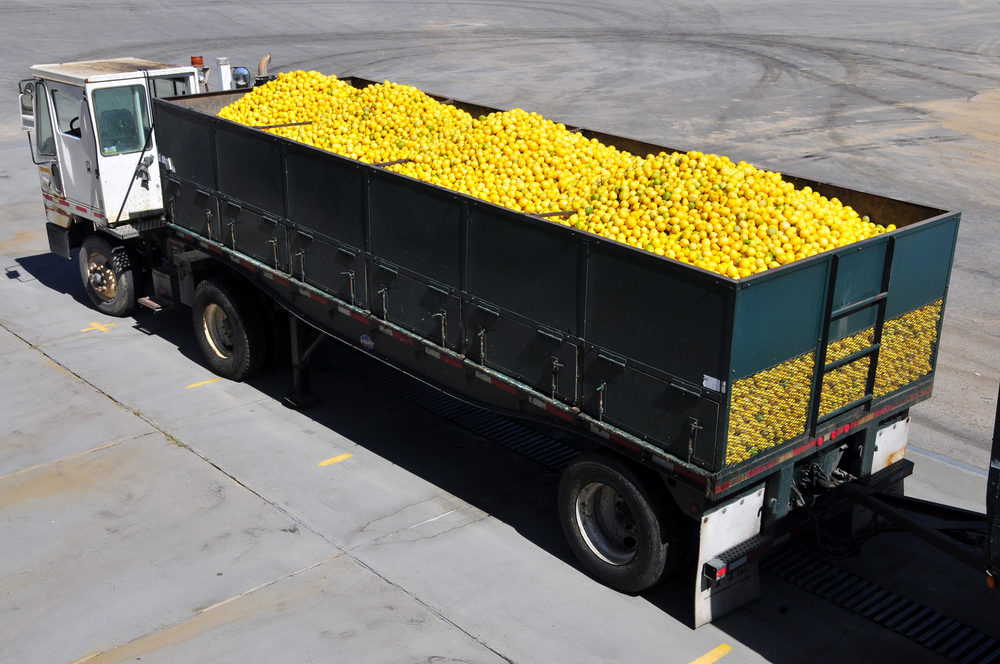A new food safety rule will require transporters to undertake a series of sanitary practices to avoid contamination and food poisoning outbreaks, including thorough vehicle cleanings, proper refrigeration, and bacteria exposure prevention.
The FDA announced the new food safety transportation rule on April 5, which will apply to all shippers, loaders, and carriers intending to distribute or supply human or animal food products for consumption within the U.S. by motor vehicle or rail.
The regulatory agency has initiated several new efforts to improve food transportation safety since January 2013, all focusing on requiring handlers and producers to use sanitary practices that avoid food safety risks.

Did You Know?
Millions of Philips CPAP Machines Recalled
Philips DreamStation, CPAP and BiPAP machines sold in recent years may pose a risk of cancer, lung damage and other injuries.
Learn MoreThe U.S. Centers for Disease Control and Prevention (CDC) estimate that nearly 48 million people are impacted by some sort of foodborne illness, resulting in about 128,000 hospitalizations and sometimes over 3,000 deaths each year. Most food poisoning illnesses are preventable through the use of sanitary farming, production, and transportation methods.
The scope of the recently finalized rule passed by the FDA mandates all persons and shippers who intend to have human or animal food products shipped into the U.S. to be distributed by rail or motor vehicle, and all domestically produced foods products transported by the same methods to be properly refrigerated. It also calls for improvements in the design of transporting vehicles to properly store and protect food products, and adequate cleaning of vehicles between loads.
Food products that are not properly stored or transported in necessary temperatures may begin growing bacteria or spoil prematurely, which can lead to consumer consumption of mold.
The rule outlines specific transportation operations that include measures such as adequate temperature controls, the separation of raw foods from ready-to-eat foods, prevention of transporting potentially contaminated nonfood items within the same load as food products, and policies that prevent the potential of cross contamination among food and nonfood items.
The FDA’s rule also mandates specifics regarding the design and maintenance of vehicles and transportation equipment so that it offers increased safety to the products packaging from becoming damaged during transport.
“Consumers deserve a safe food supply and this final rule will help to ensure that all those involved in the farm-to-fork continuum are doing their part to ensure that the food products that arrive in our grocery stores are safe to eat,” FDA deputy commissioner for foods and veterinary medicine, Michael R. Taylor, said in the press release. “We recognize the importance of education and training in achieving widespread compliance, and we are committed to working with both industry and our government partners to ensure effective implementation of all of the new food safety rules under the Food Safety Modernization Act.”
Training will be required for carrier personnel to ensure they are following all of the sanitary practices and will also be responsible for documenting cleanings between loads. Maintenance of records of written procedure, agreements, and training will be required of the carrier and be held for specific lengths of time depending upon the type of record and the type of food products being distributed.
The rule will be enforceable exactly one year following its publication for larger business and two years following for smaller companies.
Get more articles like this sent directly to your inbox.
"*" indicates required fields






0 Comments